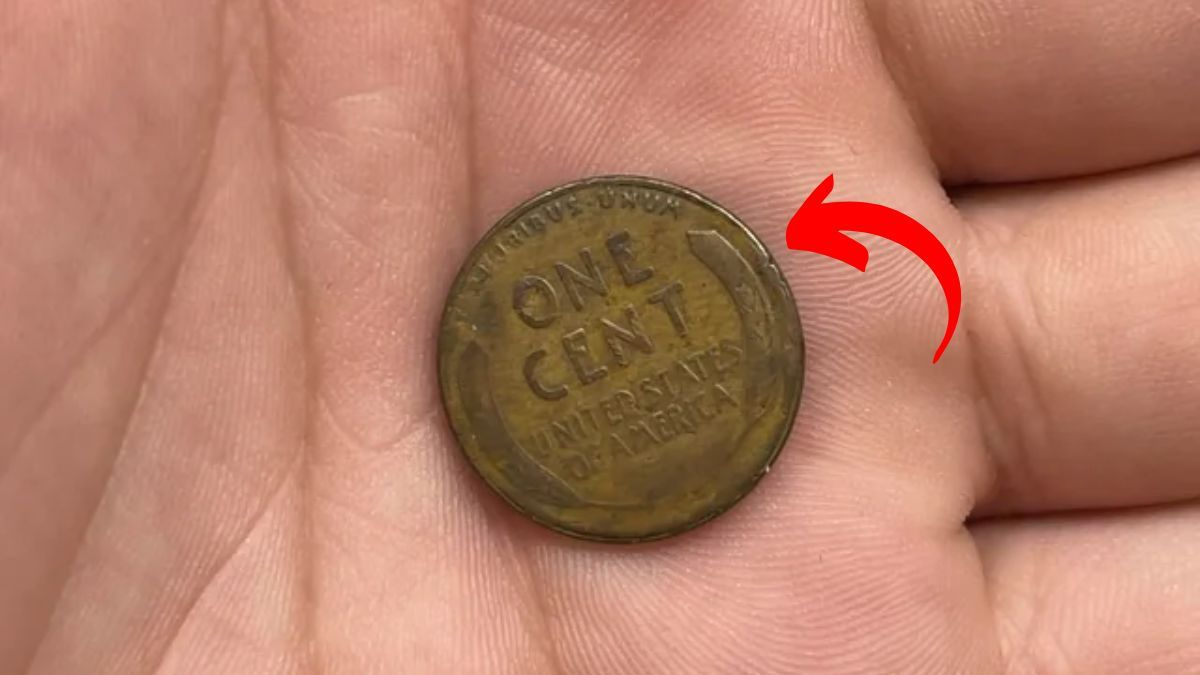
The Lincoln Wheat Penny Valued at $13 Million: Imagine discovering a penny in your spare change that’s worth $13 million. Sounds like a myth, right? But for a few lucky individuals, this has become an astonishing reality. The legendary 1943 Lincoln Wheat Penny made from copper instead of steel is one of the rarest and most valuable coins in U.S. history. Due to a rare minting error during World War II, this small coin has captured the attention of collectors, historians, and treasure hunters worldwide.
The 1943 Copper Penny: A Rare Wartime Mistake
In 1943, the United States was fully engaged in World War II, and copper was a vital material needed for ammunition and military supplies. To conserve copper for the war effort, the U.S. Mint began producing pennies from zinc-coated steel instead of the usual copper alloy. However, in a surprising twist, a few copper blanks from 1942 remained in the coin presses and were mistakenly stamped with the 1943 date. These copper pennies were then quietly released into circulation.
This manufacturing error went unnoticed at the time, but decades later, these coins became numismatic legends — a fascinating symbol of wartime America and a collector’s ultimate dream.
Why the 1943 Copper Penny is Worth Millions
The value of the 1943 copper Lincoln penny comes down to two factors: rarity and historical significance. Experts estimate that only 20 to 30 genuine examples are known to exist. Their connection to World War II and the fact that they were never meant to be created make them incredibly valuable. Some pristine specimens have fetched prices as high as $13 million at auction, placing them among the most expensive coins ever sold.
As coin collectors and investors recognize their historical and monetary worth, demand for these rare pennies has only continued to grow.
How to Identify a Genuine 1943 Copper Penny
Before you rush to check your coin jar, here’s how to spot an authentic 1943 copper penny:
-
Check the Date: The coin should clearly read “1943” beneath Lincoln’s profile.
-
Use a Magnet Test: Steel pennies will be attracted to a magnet, while copper ones won’t. If your 1943 penny does not stick to a magnet, you might have a rare find.
-
Weight Test: Copper pennies are slightly heavier than steel ones — around 3.11 grams compared to 2.7 grams for the steel versions.
Even with these basic checks, remember that only a professional can confirm if your penny is the real deal.
Beware of Fakes: Counterfeit Pennies Are Everywhere
Unfortunately, the high value of these coins has inspired a flood of fakes. Some counterfeiters plate steel pennies with copper to mimic the appearance of the rare coin. Others alter the “8” on a 1948 penny to resemble a “3,” creating a fake 1943 copper penny. These forgeries can fool even experienced eyes.
Always consult with a certified numismatist or coin grading service to verify authenticity. Relying on visual inspection alone could lead to costly mistakes.
Why Professional Authentication is Crucial
If you think you’ve found a 1943 copper penny, your next step should be professional coin authentication. Reputable services like PCGS or NGC use advanced equipment to analyze metal content, dimensions, and minting characteristics.
These evaluations not only confirm authenticity but also determine your coin’s grade, which directly influences its market value. Skipping this step could mean passing up a multi-million-dollar opportunity — or worse, being misled by a clever fake.
Real-Life Finds: Ordinary People Discovering Extraordinary Value
What makes this story even more thrilling is that people have actually found these valuable pennies in everyday places:
-
Inherited family coin collections
-
Old piggy banks
-
Coin rolls from banks
-
Spare change from everyday transactions
These discoveries prove that rare coins like the 1943 copper Lincoln penny can still surface in circulation. For casual collectors and curious hobbyists, this possibility adds a sense of excitement and wonder to every penny they examine.
Final Thoughts: Check Your Pennies — You Might Be Holding a Fortune
While the chances are slim, finding a $13 million Lincoln Wheat penny is not entirely out of the question. With just a little knowledge and a sharp eye, you could be the next person to turn pocket change into a fortune.
Disclaimer
This content is for informational purposes only. Coin values vary based on rarity, condition, and current market trends. Always seek expert appraisal from certified coin grading services before making financial decisions related to collectible coins.
